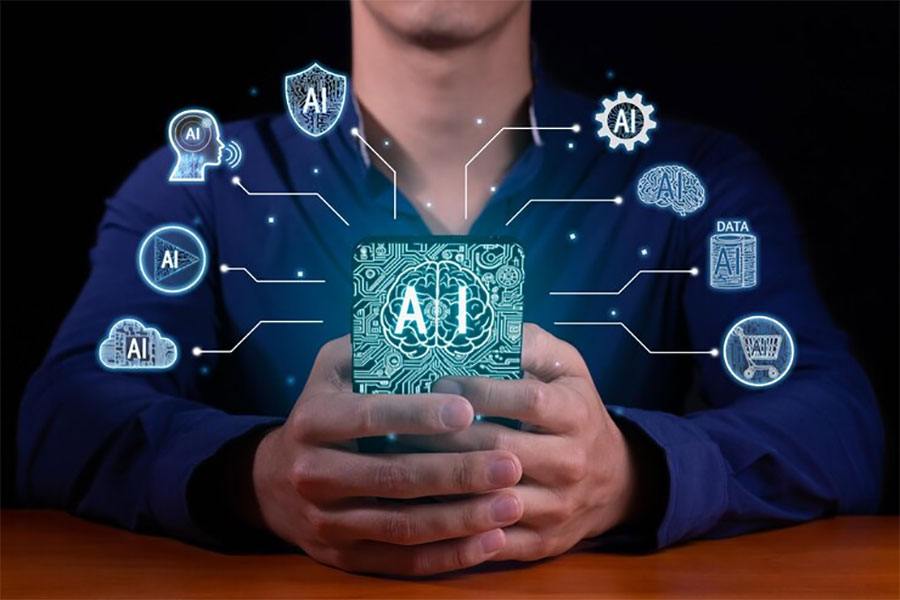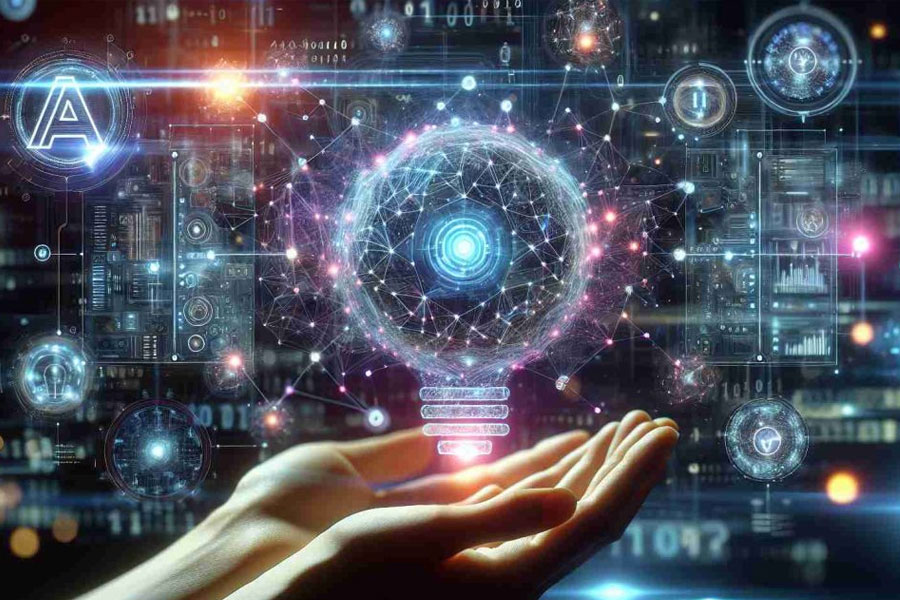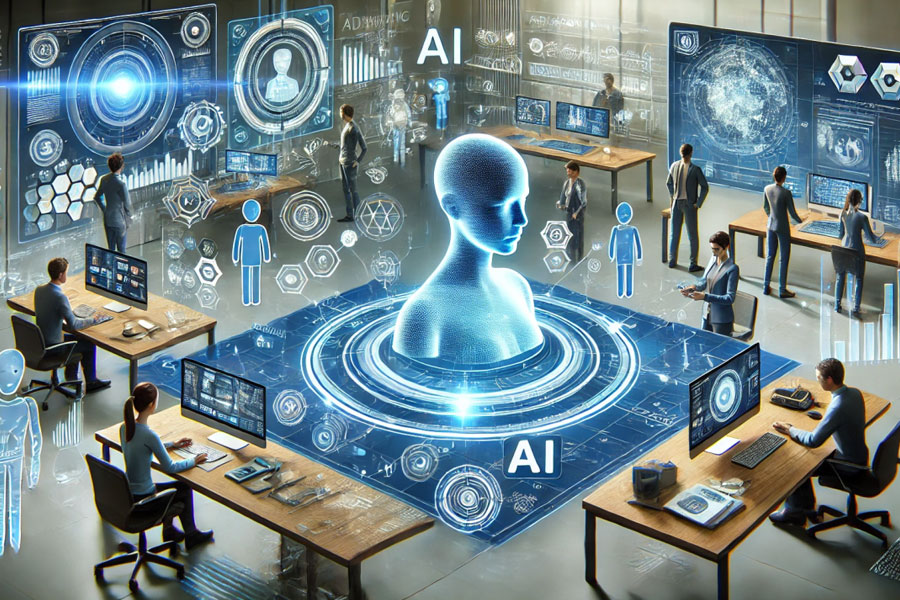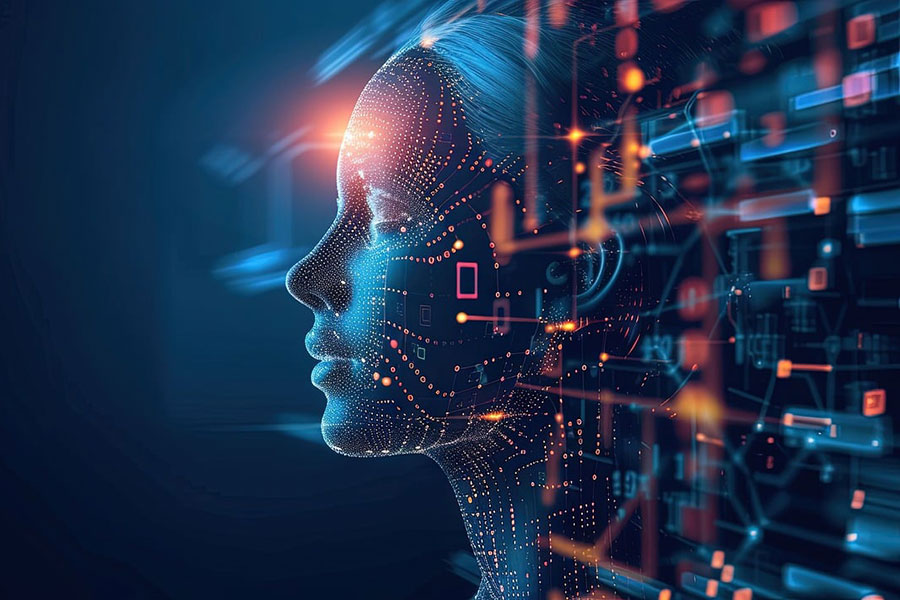For decades, businesses have relied on single, monolithic systems to manage complex workflows.
Whether it’s ERP software for supply chains, CRM platforms for sales, or traditional automation tools, the approach has been largely centralized – one system, one set of rules, handling all operations.
But as workflows become more intricate and data-driven, this approach is reaching its limits.
Enter Multi-Agent Systems (MAS) – an emerging technology where multiple intelligent agents work together, communicating and collaborating to solve problems faster, more efficiently, and with greater adaptability than any single system ever could.
This isn’t just a futuristic vision – it’s an evolution that is already reshaping industries.
What are multi-agent systems?
A Multi-Agent System (MAS) is a network of intelligent agents that operate autonomously but collaboratively within a shared environment. Instead of a single AI or platform handling all tasks, multiple specialized agents work in tandem, exchanging insights, delegating tasks, and adapting in real time.
Think of it as a team of AI specialists, each with a unique role, working together to handle a complex operation.
According to Dr. Fouad Bousetouane’s report, Multi-Agent Systems are designed with:
- Decentralized decision-making
Each agent has autonomy to make local decisions while working toward a common goal. This eliminates bottlenecks, unlike centralized systems that struggle with scalability. - Task delegation & specialization
Different agents handle different parts of a workflow, much like a real-world team. Some retrieve data, others analyze it, and some execute decisions based on insights. - Adaptive collaboration
Agents communicate and adjust based on new inputs, constraints, or goals. This ensures workflows evolve dynamically instead of following rigid, pre-programmed sequences.
This is not just theoretical – it’s already transforming industries.
Why single AI systems aren’t enough anymore
For instance, the rise of Agentic Systems, which are designed to allow multiple intelligent agents to collaborate, is a direct response to the limitations of single-model AI systems.
Traditional AI automation is powerful, but it has limitations:
- A single AI model handling everything becomes resource-intensive and slow.
- If one component breaks, the whole system is disrupted.
- One model cannot excel at everything—financial forecasting, customer service, compliance checking, and fraud detection all require different approaches.
For example,let’s take finance & risk management.
A bank using one AI system for fraud detection, credit risk analysis, and compliance monitoring runs the risk of inefficiency – it’s too much for one model.
A Multi-Agent System would deploy:
- Fraud Agents detecting anomalies in transactions.
- Compliance Agents analyzing regulatory risks.
- Risk Analysis Agents assessing creditworthiness in real-time.
Each agent specializes, yet they share data and insights, ensuring a seamless workflow.
What are the crucial benefits of Multi-Agent Systems?
1. Efficiency through parallel processing
Instead of a single AI system executing tasks sequentially, multiple agents can process different parts of a workflow simultaneously, cutting down execution time.
For example, a supply chain MAS can have separate agents managing inventory tracking, vendor negotiation, and demand forecasting – all running at once, instead of waiting on each other.
2. Increased accuracy through specialization
Each agent is fine-tuned for a specific task, reducing error rates and improving decision-making quality.
Let’s take legal tech as example, an MAS might include:
- Contract Review Agents detecting risks in legal documents.
- Case Law Retrieval Agents pulling precedents from legal databases.
- Regulatory Agents checking compliance with industry laws.
Rather than a one-size-fits-all AI, the system collaborates for precise results.
3. Resilience & fault tolerance
When a single AI model fails, the whole system can break down. In an MAS, if one agent encounters an issue, others can adapt or redirect tasks to avoid disruption.
In cybersecurity, an MAS protecting enterprise networks might include:
- Threat Detection Agents scanning for vulnerabilities.
- Incident Response Agents isolating breaches.
- Forensic Agents analyzing the attack’s source.
If one agent misses a threat, another can catch it in time.
4. Smooth adaptation to changing conditions
MAS doesn’t just execute tasks – it learns and adapts.
For instance, a retail AI MAS analyzing customer behavior might include:
- Pricing Agents adjusting prices based on demand.
- Personalization Agents curating recommendations.
- Inventory Agents predicting restocking needs.
Together, they make real-time adjustments based on market fluctuations, not just pre-set rules.
Future-proofing workflows with Multi-Agent Systems
The shift toward Multi-Agent Systems is inevitable.
The increasing complexity of workflows, growing demand for real-time decision-making, and need for more adaptive automation make MAS a necessary evolution beyond traditional SaaS and single AI models.
This evolution is part of a larger trend where businesses are increasingly looking for context-aware and vertical AI systems to handle more specific, adaptive tasks.
Rather than asking, “How can we automate?”, the real question is, “How can we build intelligent, self-improving systems that collaborate?”
With major players like Google, Microsoft, OpenAI, and AWS investing heavily in MAS technology, businesses that adopt early will have a clear competitive edge.
The future of AI isn’t a single model trying to do everything – it’s a network of AI specialists working together.
Are you ready for that future?
If yes, let’s connect and build you a custom Multi Agent System!











